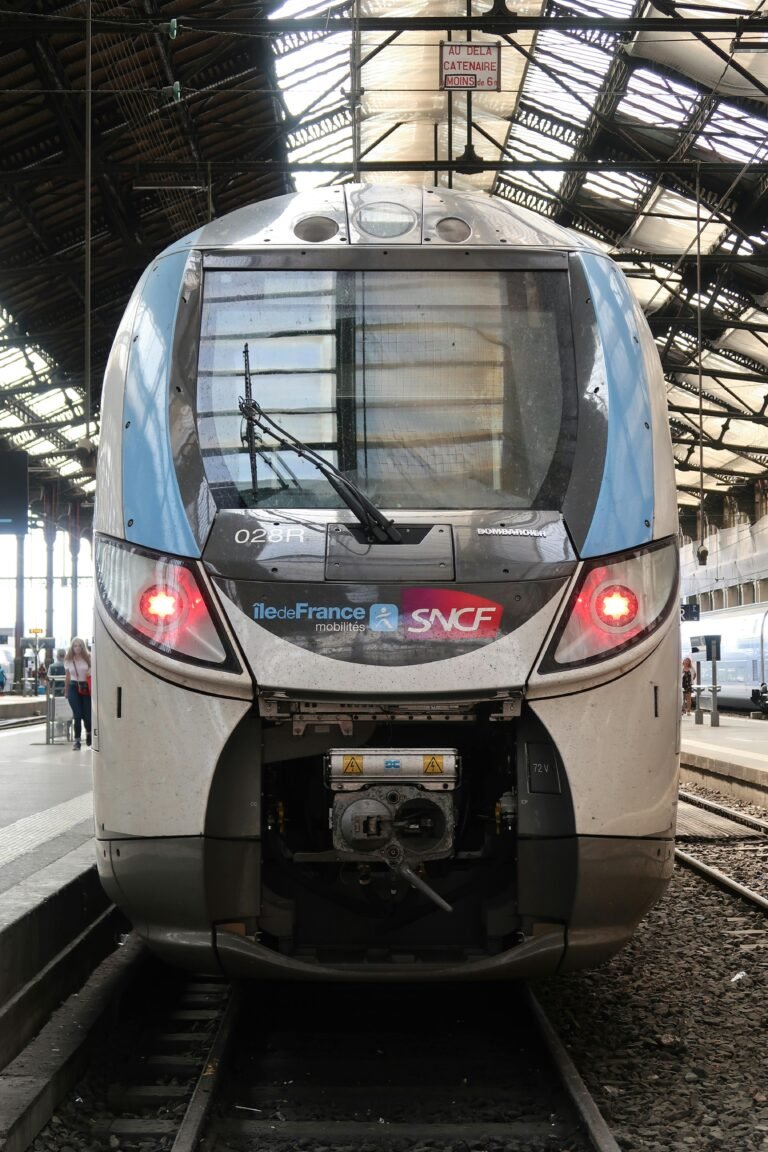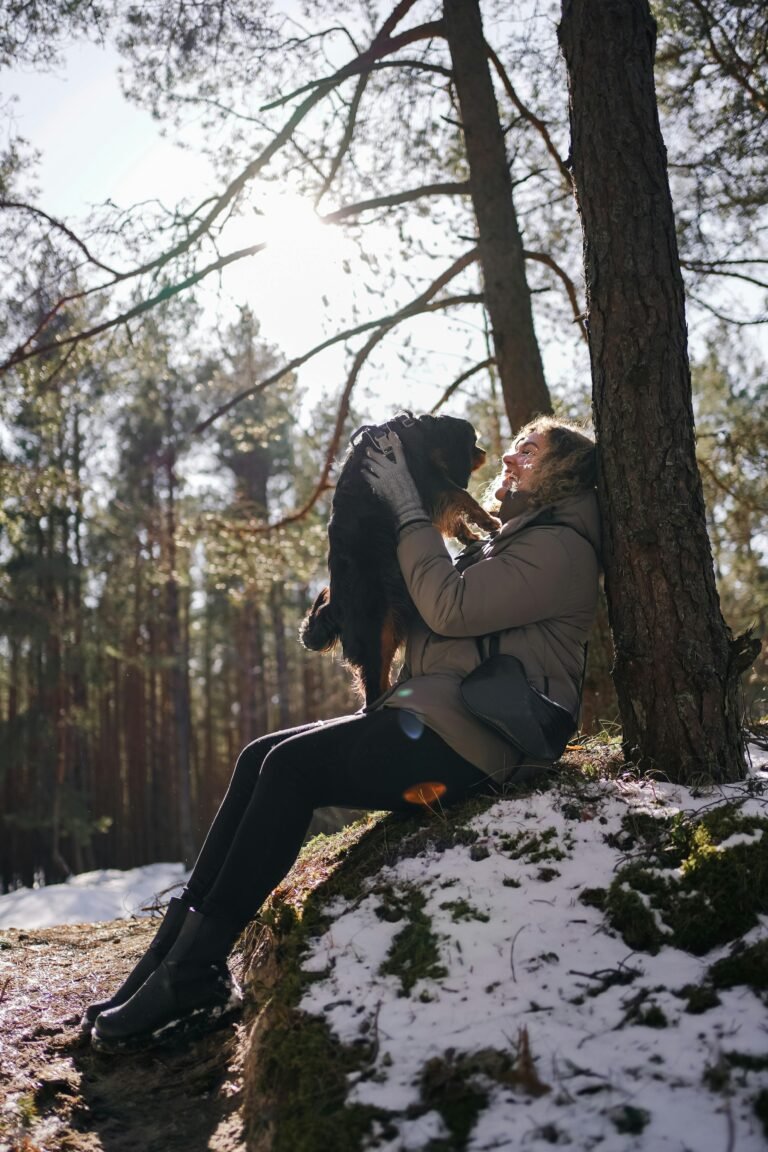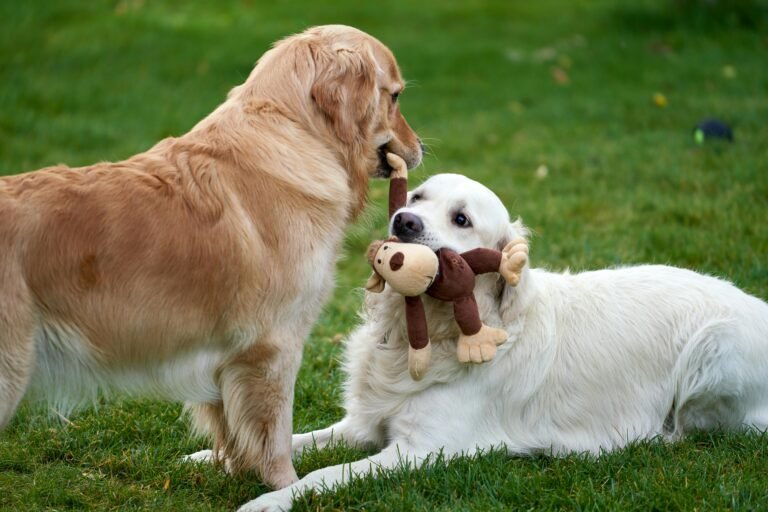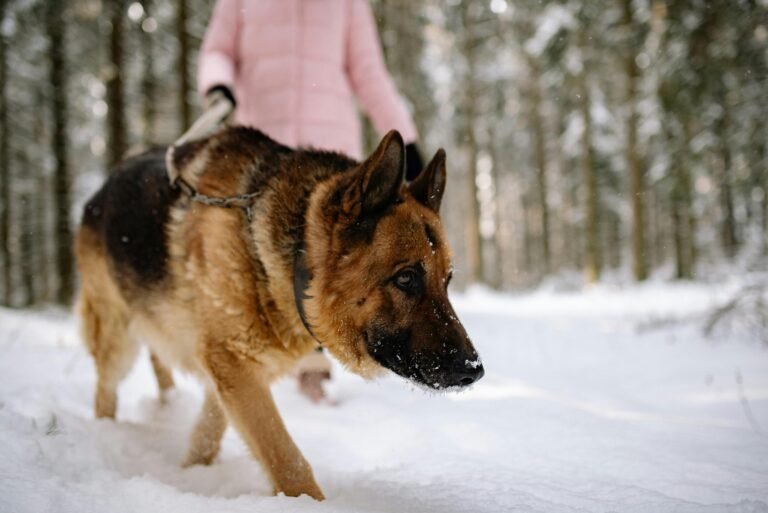Introduction
Public transportation and dogs — two things that don’t always seem to mix. Yet, for city-dwelling dog owners and urban travelers, learning to navigate trains, buses, and subways together opens a whole new world of freedom. Whether you’re commuting in New York, hopping the metro in Paris, or catching a tram in Tokyo, public transport can be both exciting and nerve-wracking for your pup. With the right mindset, prep, and patience, you can turn those rides into surprisingly calm — even bonding — experiences. Here’s what it’s really like riding the rails, wheels, and streets with your dog by your side.
The First Ride: Starting Small
Most dogs don’t naturally love buses or subways. The sounds, vibrations, and unfamiliar smells can make their first trip feel like a sensory overload. When I took my small terrier, Milo, on his first metro ride in London, his eyes widened at the screech of the train pulling in. Instead of forcing him to board immediately, we stood on the platform a few minutes, watching trains come and go. Every time a train passed, I rewarded him with a treat for staying calm. By the third one, his tail started wagging. That’s when we stepped inside.
The key to successful public transport training is desensitization. Start with short, quiet routes, gradually increasing duration and complexity. Remember — confidence builds ride by ride, not all at once.
Finding Calm in the Chaos
Once aboard, your dog reads your energy. If you’re tense, they’ll be too. Dogs often mirror our emotions, so staying relaxed is your best tool. Sit where your dog feels safest — usually near your feet or tucked between your legs. For larger dogs, position them close to a wall or under a seat to minimize foot traffic from other passengers.
It helps to bring something familiar — a small blanket or towel that smells like home. Milo instantly relaxes when I lay his fleece on the floor. That little patch becomes his safe space amid the bustle of commuters and announcements echoing overhead.
People Watching (and Dog Watching)
Urban transport means new characters at every stop — from kids pointing excitedly to business travelers quietly scrolling through phones. Some people will smile; others may shift away. Don’t take it personally — not everyone is comfortable around dogs. A polite nod and a short leash go a long way in keeping everyone comfortable.
And then there’s the magic moment — when someone kneels down to pet your pup and says, “I miss my dog back home.” Suddenly, you’re not just commuting; you’re sharing a small moment of warmth in the middle of a cold city morning.
Handling Noise and Vibration
Trains and trams can shake, screech, and whistle unpredictably. If your dog startles easily, prepare them in advance with city sounds — you can find playlists or videos with subway and bus noises to play quietly during calm times at home. Pair the sounds with treats and praise so they associate the noises with something positive.
On board, avoid sitting near doors or wheels if possible — that’s where the loudest clunks and air bursts occur. If your dog gets anxious mid-ride, stay calm, speak softly, and offer a small chew or lick mat to redirect their focus.
Leashes, Carriers, and Comfort Zones
Each city has its own pet transport rules, but there’s one universal truth: preparation makes or breaks the ride. Small dogs often travel best in carriers — they feel secure and draw less attention. Larger dogs should wear a well-fitted harness and short leash to stay close and safe.
Some subway systems (like those in Paris and Berlin) allow dogs free entry if leashed and muzzled, while others (like Tokyo) require small pets to remain in carriers. Always check before you travel. Nothing kills spontaneity like being turned away at the gate with your dog in tow.
Unexpected Adventures on Wheels
One of my favorite travel memories with Milo wasn’t a glamorous photo spot — it was a rainy afternoon on a tram in Amsterdam. The tram was nearly empty, and a friendly conductor waved at us to hop in. Milo’s paws squeaked on the floor as he explored the aisle before curling up beside me. A little girl across the way grinned and whispered, “Kijk, een hondje!” (“Look, a puppy!”)
Moments like that remind me: city travel with dogs isn’t about perfection. It’s about shared curiosity — learning to experience the city together, one stop at a time. When you stop worrying about stares or logistics, you start noticing how adaptable dogs really are.
Making Transitions Smooth
Getting on and off buses or trains can be tricky, especially with crowds. Stand aside until foot traffic clears, then board or exit calmly. Praise your dog for stepping on confidently and not pulling. If there’s a large gap, lift smaller dogs or guide them with a gentle hand under their chest.
For dogs with mobility issues or senior pups, lightweight ramps or slings can make boarding easier — especially for trains with steep steps or slippery floors.
Finding Dog-Friendly Transport Networks
Some cities truly embrace canine commuters. Berlin’s BVG network even sells dog day-passes. In Toronto, dogs are allowed on subways and streetcars during off-peak hours. In London, dogs ride free on the Tube — provided they’re leashed and don’t occupy seats. These policies reflect how cities are evolving to accommodate modern pet owners. As travel with dogs becomes more common, urban infrastructure is catching up — slowly but surely.
Handling Busy Hours and Crowds
Rush hour is stressful for both humans and dogs. If possible, plan rides outside peak times — mid-morning or early afternoon. Crowded trains can make dogs feel cornered, and stepping on paws happens more often than you think. Give your dog space to breathe, and never force them into a packed car just to stay on schedule.
If you do get caught in a crowd, stay calm and focused. Your dog will sense your energy. A firm “heel” or “stay” command helps maintain control until you can step off and regroup.
City Transit Etiquette for Dog Owners
Urban travel works best when everyone respects shared space. A few golden rules keep things smooth:
- Keep your dog close and quiet — avoid blocking aisles or seats.
- Clean up accidents quickly and discreetly (carry wipes and poop bags).
- Be considerate of allergies or fearful passengers.
- Always thank drivers or attendants who accommodate you.
Good etiquette not only prevents complaints — it helps normalize seeing dogs as part of the public transport scene.
When Things Don’t Go as Planned
Even with perfect planning, hiccups happen. Maybe a driver refuses entry, or your dog panics at a sudden horn. Take a break, regroup, and treat it as a learning moment. Dogs adapt quickly when you show calm confidence. The next ride will likely be smoother — and you’ll both come out more resilient for it.
Conclusion
Riding public transport with your dog is more than just a convenience — it’s a window into urban life through new eyes (and noses). The rhythmic hum of the subway, the chatter of strangers, the city passing by outside — it becomes an adventure you share as a team. Every journey builds trust, patience, and connection. And in those quiet moments between stops, when your dog rests their head on your knee, you realize: navigating the city together isn’t just travel. It’s partnership in motion.






